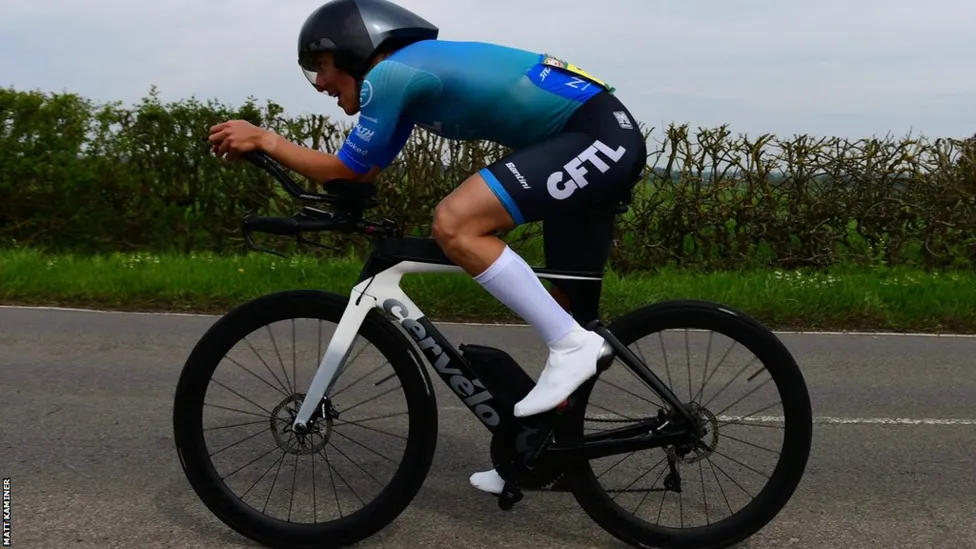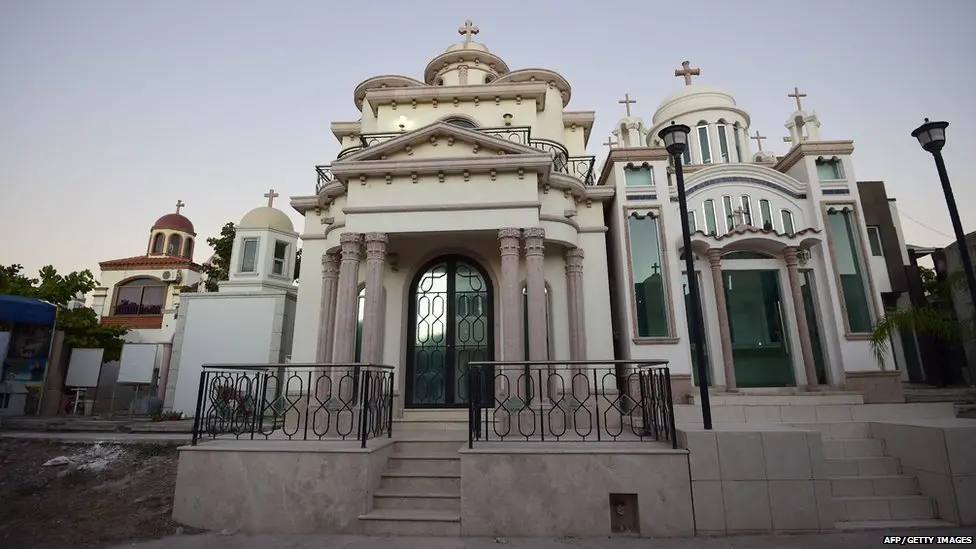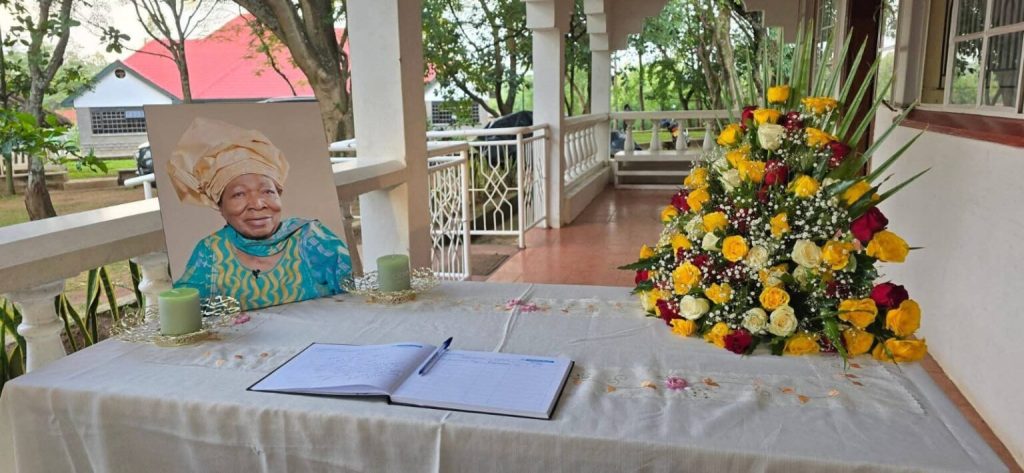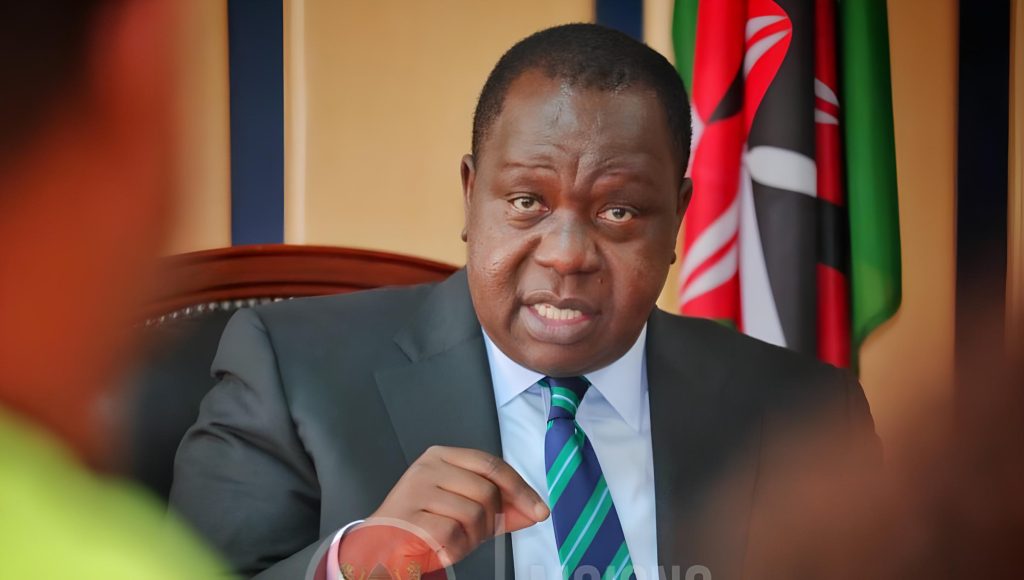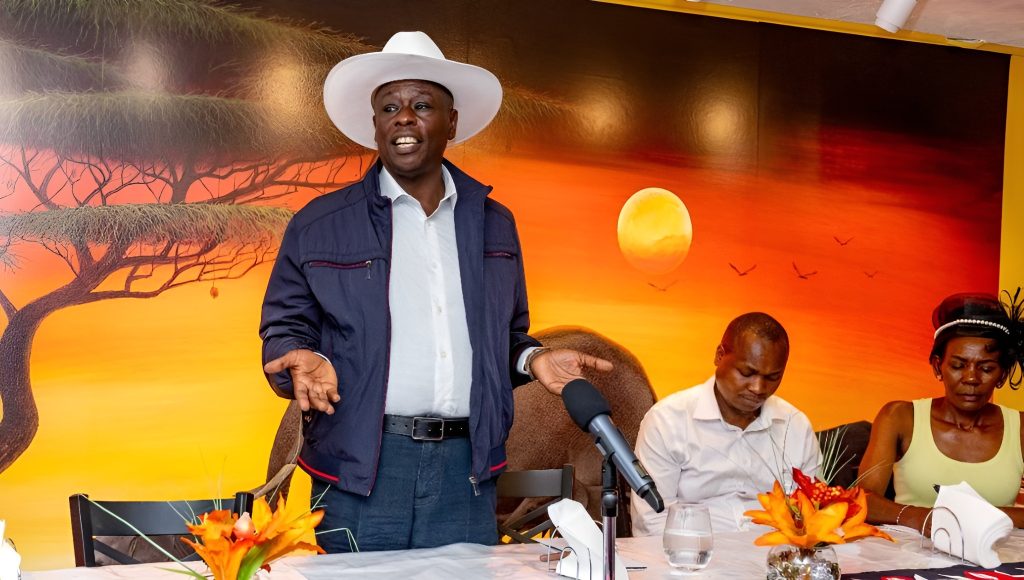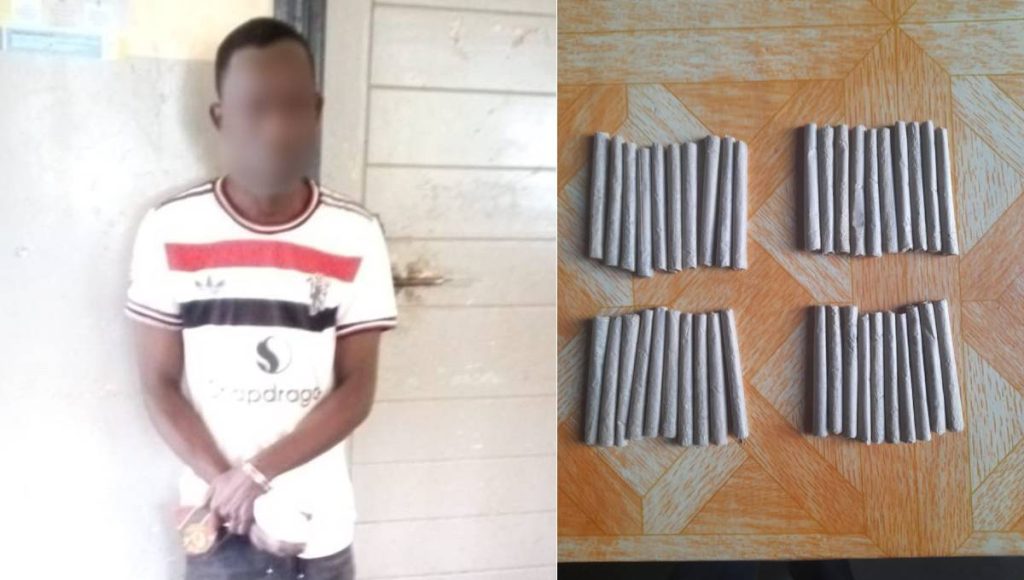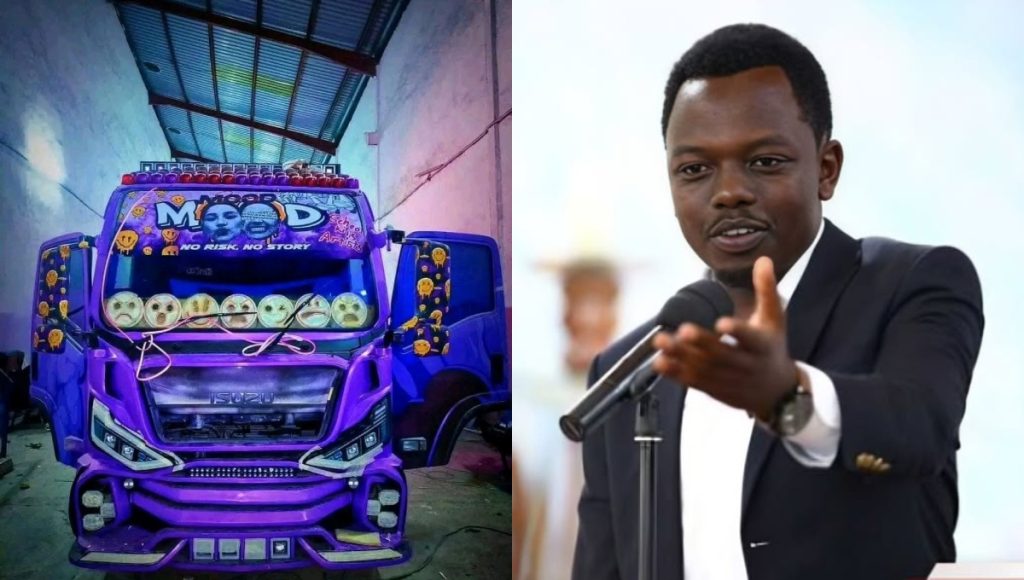Dead Mexican drug lords are buried in super expensive and luxurious tombs that look like five-star hotel rooms. According to reports by several international news outlets, these fancy graves have air conditioning, satellite TV, Wi-Fi and even bulletproof glass.
Some of them even have CCTV cameras so that family members can visit safely without worrying about being attacked by enemies.
The tombs can cost up to £900,000 equivalent to KSh 157,500,000 (One hundred fifty-seven million, five hundred thousand Kenyan Shillings), and are sometimes built on two floors. Many have big pictures of the drug lords buried inside.
”Several top members of the Sinaloa cartel, once led by the famous drug boss Joaquin ‘El Chapo’ Guzman, are buried in a cemetery called Jardines del Humaya in the city of Culiacan”, According to the 2026 BBC report.
Some of the graves look like small chapels complete with stained glass windows and crucifixes while others resemble modern luxury apartments with glass doors and balconies.
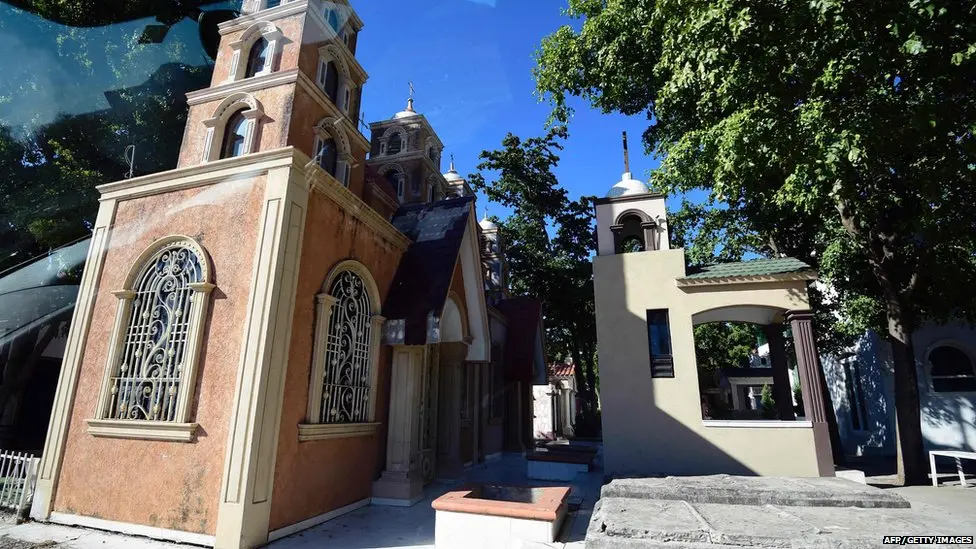
Amado Carrillo Fuentes was once the most powerful cocaine trafficker in Mexico with a personal fortune of £25 BILLION.
However, months after the Feds made him their prime target he “died” while apparently having plastic surgery to change his appearance.
At the time, some of those involved in hunting down Fuentes refused to believe the body that was buried belonged to the crafty cocaine baron.
Conspiracy theorists to this day insist one of his luckless henchmen was killed and his corpse had then undergone surgery to make it look more like his boss.
However, the US Drugs Enforcement Agency has compared the unlikely claims to those that Elvis Presley is still alive.
Hector Palma and El Chapo served together in the 70s and 80s as hitmen for the now defunct Guadalajara cartel.
The pair were at the centre of a bloody feud in the late 80s and early 90s with the brutal Félix brothers, who founded the Tijuana cartel.
Palma once sent three hit-men to target a rival, one of whom sent back his wife’s head by courier three days later.
She is now buried in a Culiacan mausoleum, while he remains alive in a high security Mexican prison
It features a spiral staircase leading up to an air conditioned bridal suite with a 360-degree view of the surrounding hills. It has Wi-Fi throughout and a large dining hall.
Rumour has it that Palma keeps the building smelling of his murdered wife’s favourite perfume.

Notorious Lazcano served in the Mexican armed forces as part of the elite Airborne Special Forces Group before turning bad.
He reportedly received US and Israeli military training, but defected in the late 1990s to work as an enforcer for the Gulf cartel.
Some say the killer even dined out on his enemies during his twisted reign of terror.
The sick assassin is said to have devoured flesh from the buttocks of his victim in tamalés – a Mexican-style wrap, cooked in lemon.
He then broke off to head one of the most murderous gangs in the Mexican drug war, the Zetas — allegedly responsible the massacre of 72 migrants in 2011.
He was reportedly killed on October 9, 2012 in a gunfight with marines in Coahuila, a northern Mexico border state.
Arturo Beltrán Leyva was a Mexican drug baron who had claimed the title El jefe de jefes (the boss of bosses).
He died when he was riddled with bullets while trying to shoot himself out of a massive special forces cordon that had been closing in on him for weeks.
By the end of 2007 Beltrán was reportedly fed up with playing second fiddle to other drug barons. Then, in January 2008, when his brother Alfredo was arrested, Beltrán suspected that El Chapo had put the army on his brother’s trail.
Three months later he sent a hit squad to gun down his one-time protector’s son outside a superstore – it sparked the start of a drugs war which would lead to thousands of deaths.
Beltrán narrowly escaped a special forces raid at a Christmas party in Tepotzlan, just south of the capital, but he was tracked down by 200 Mexican marines and died in the ensuing shootout.
One grave looks like a chapel with white columns, angels on stained glass windows and a statue of Jesus perched on the roof.
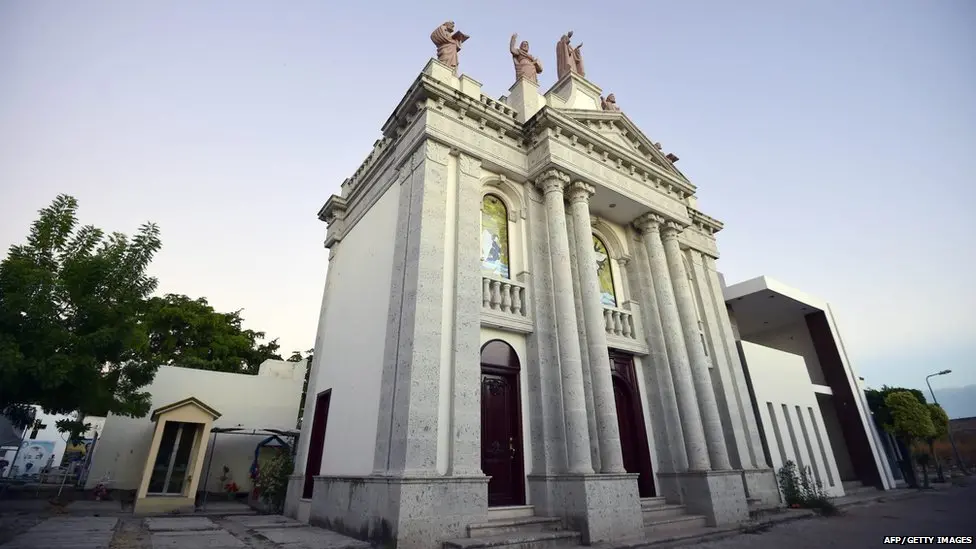
Others resemble small modern apartments with glass doors, stairs leading to a second floor and living rooms with couches for mourners.
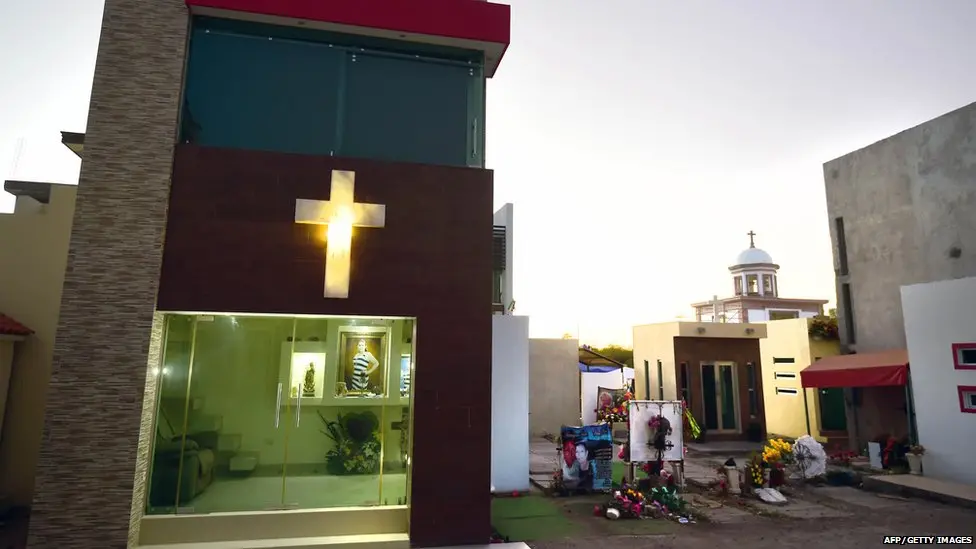
A grave said to hold the remains of one cartel hitman has a bulletproof glass door and surveillance cameras pointing toward the entrance. Inside, a glass case holds four small swords.
Most graves have large pictures or paintings of the deceased on the wall – several look like young men in their 20s or 30s – but many of these tombs have no name to identify the person.


